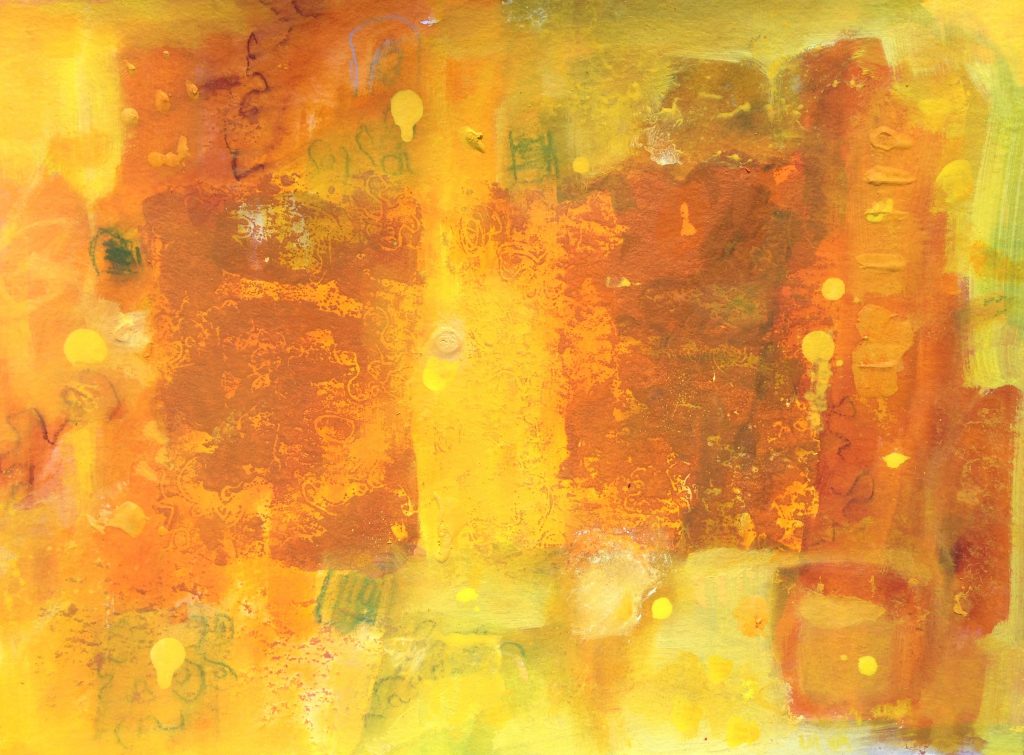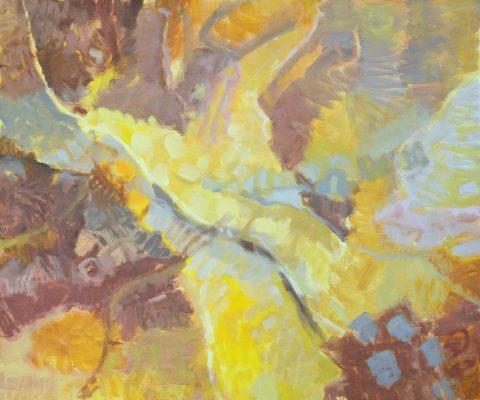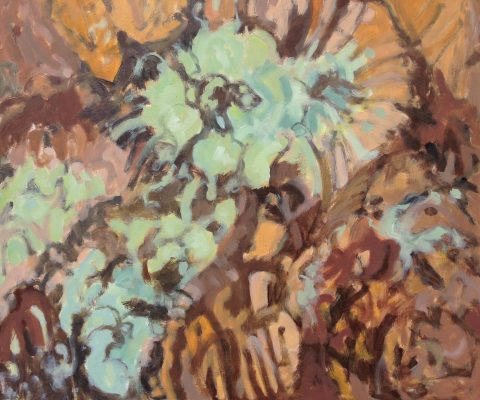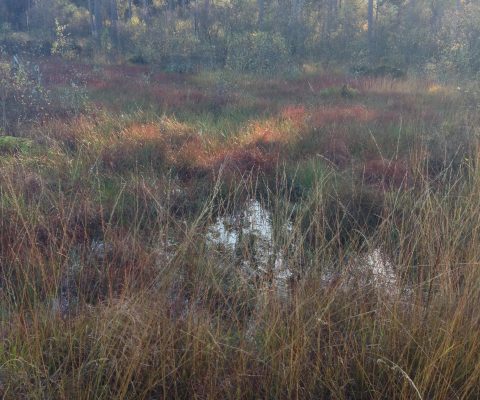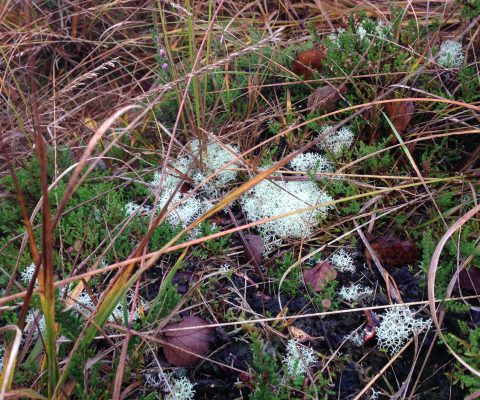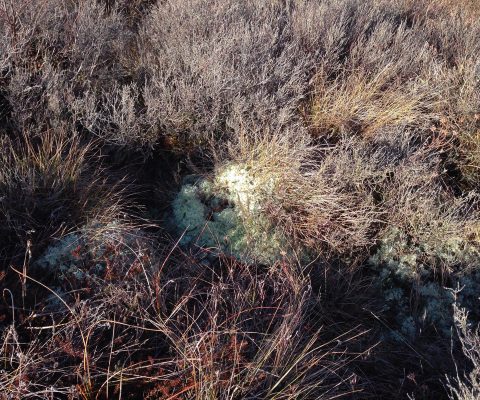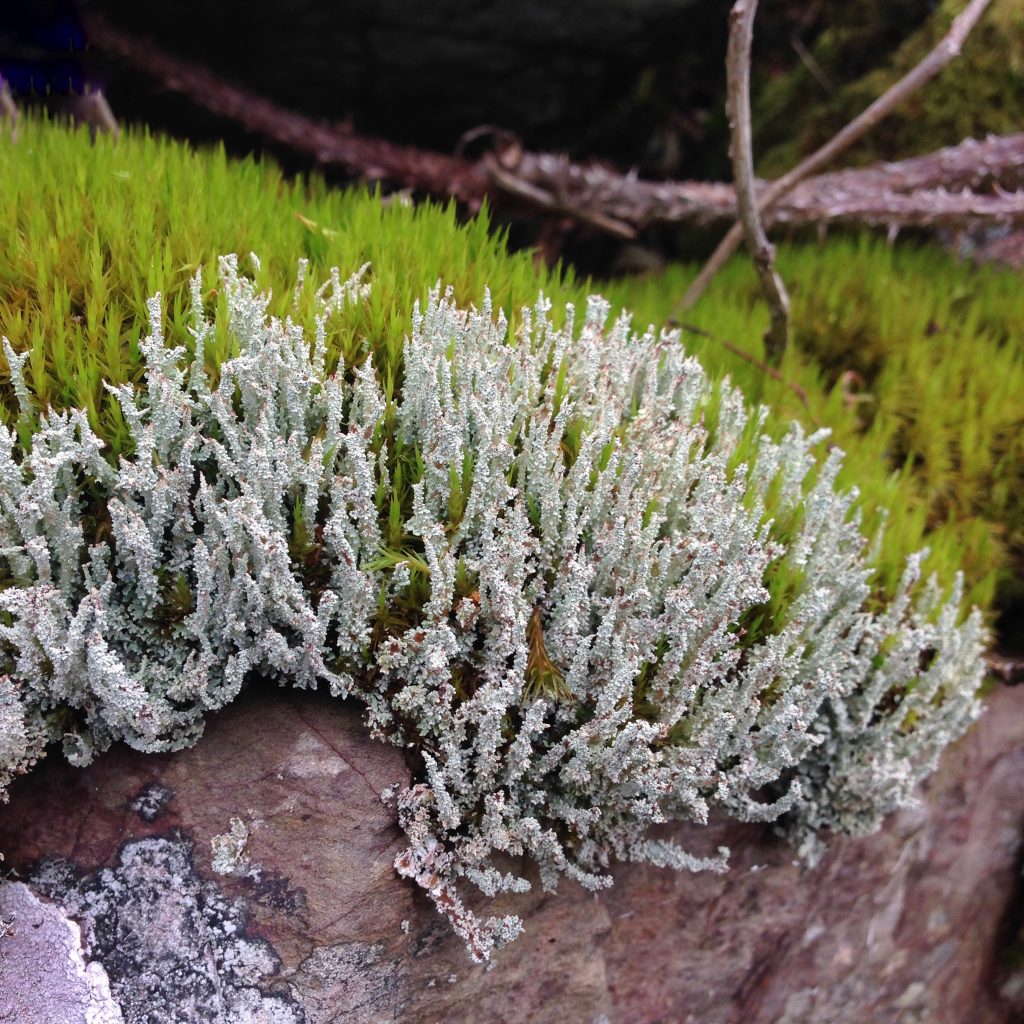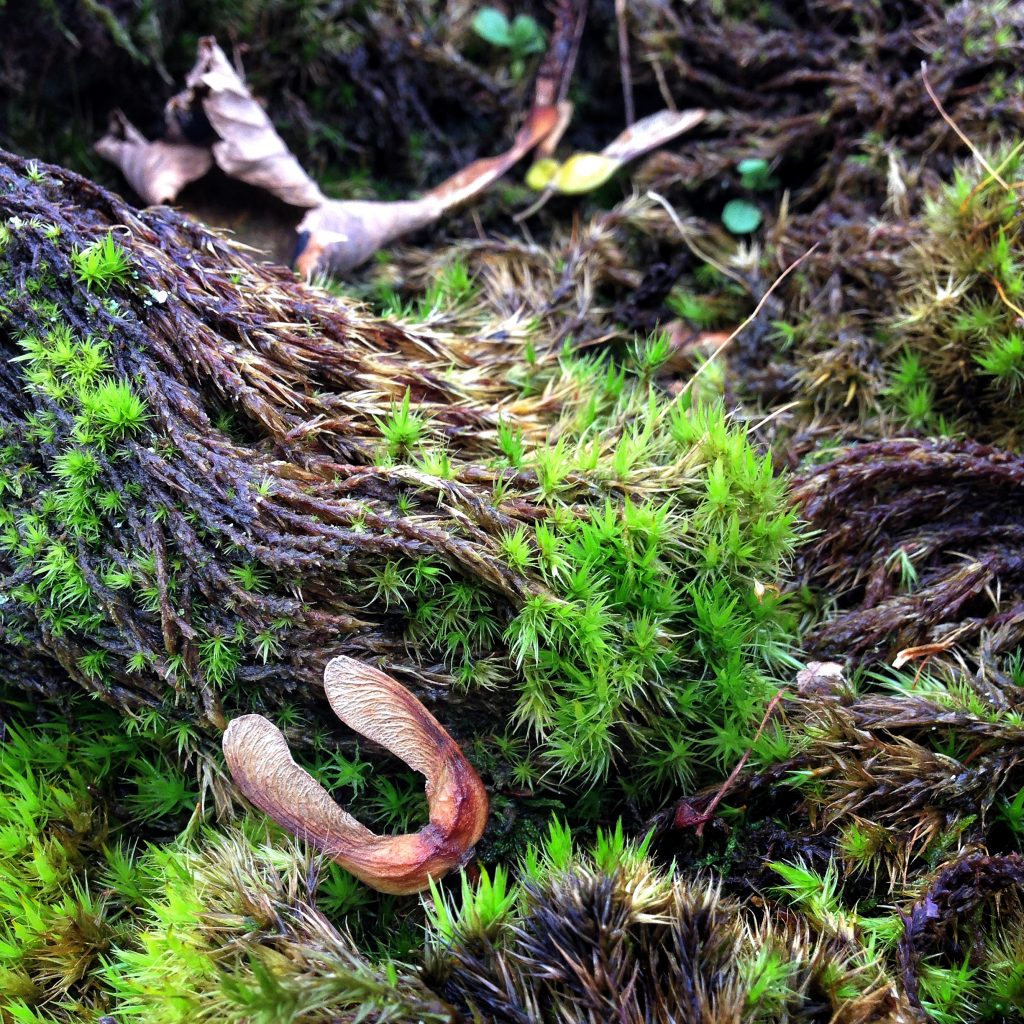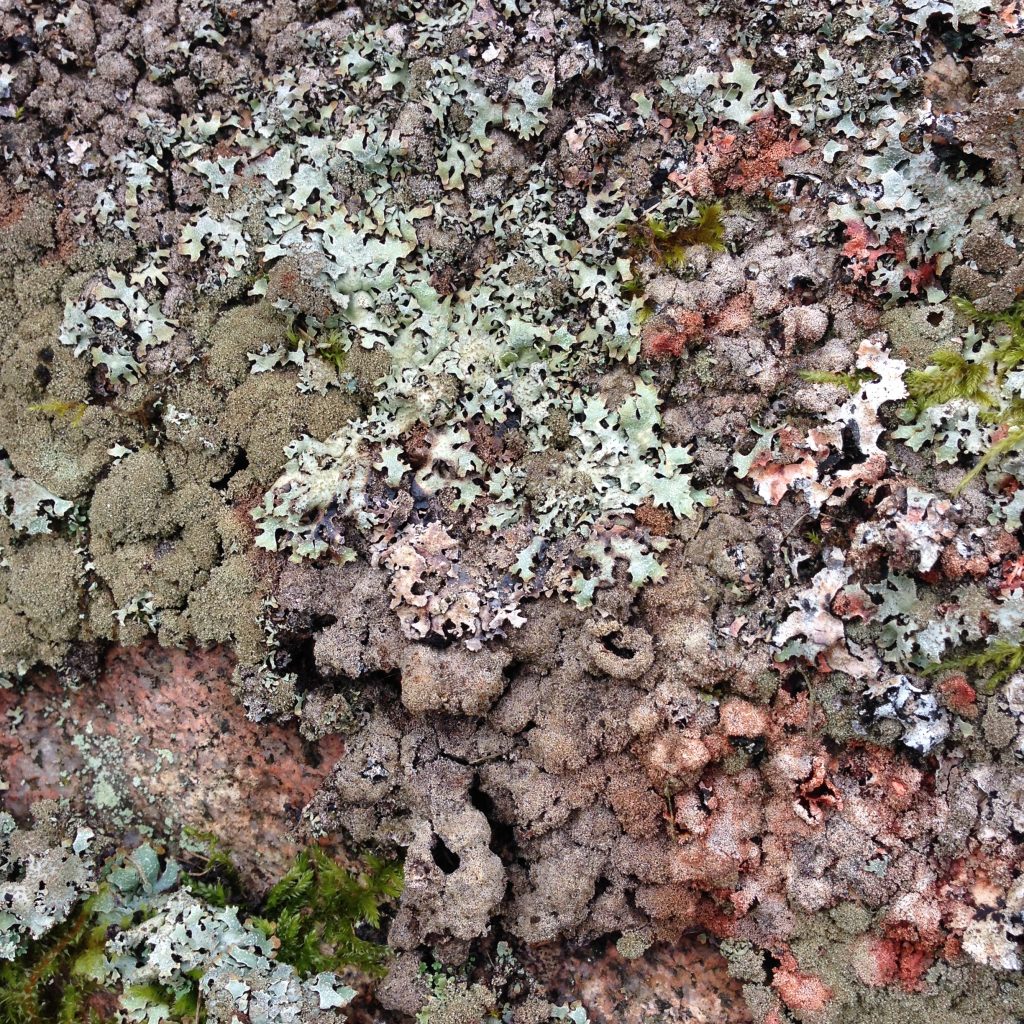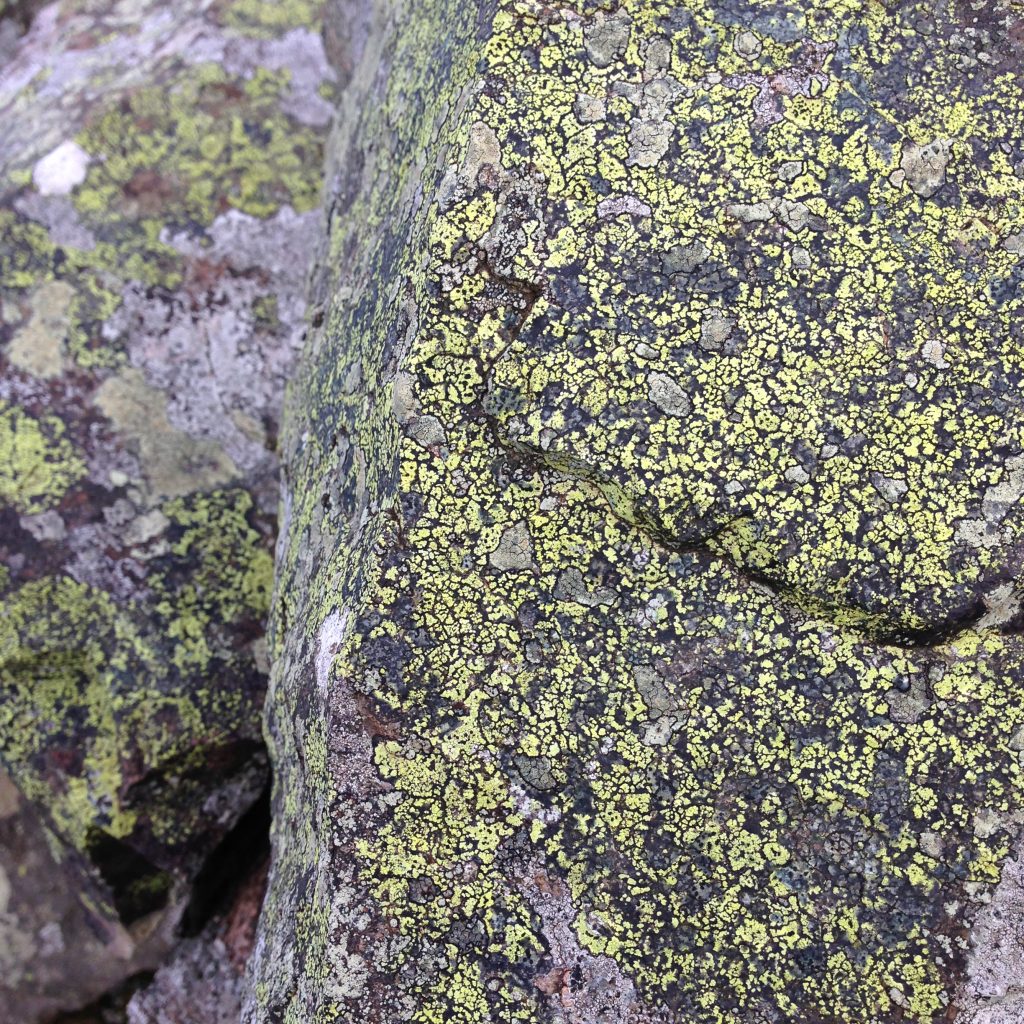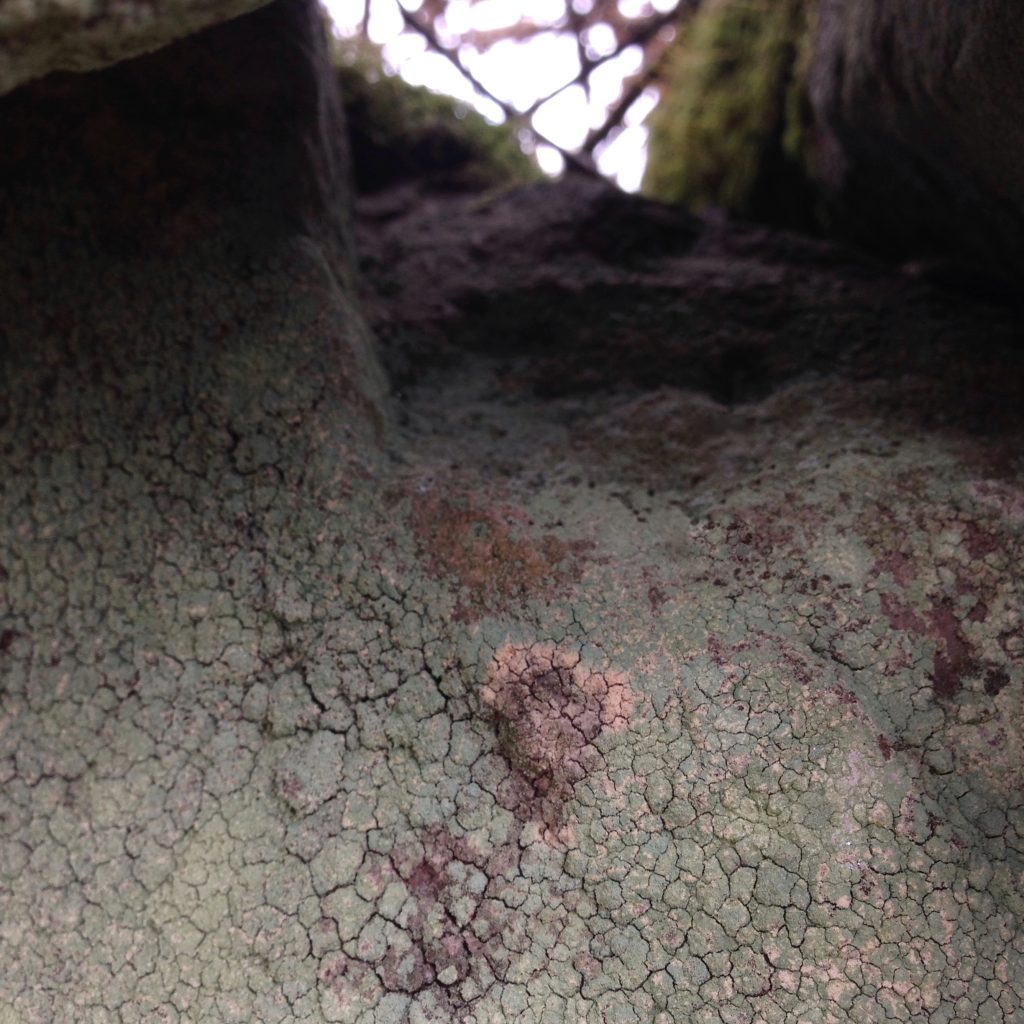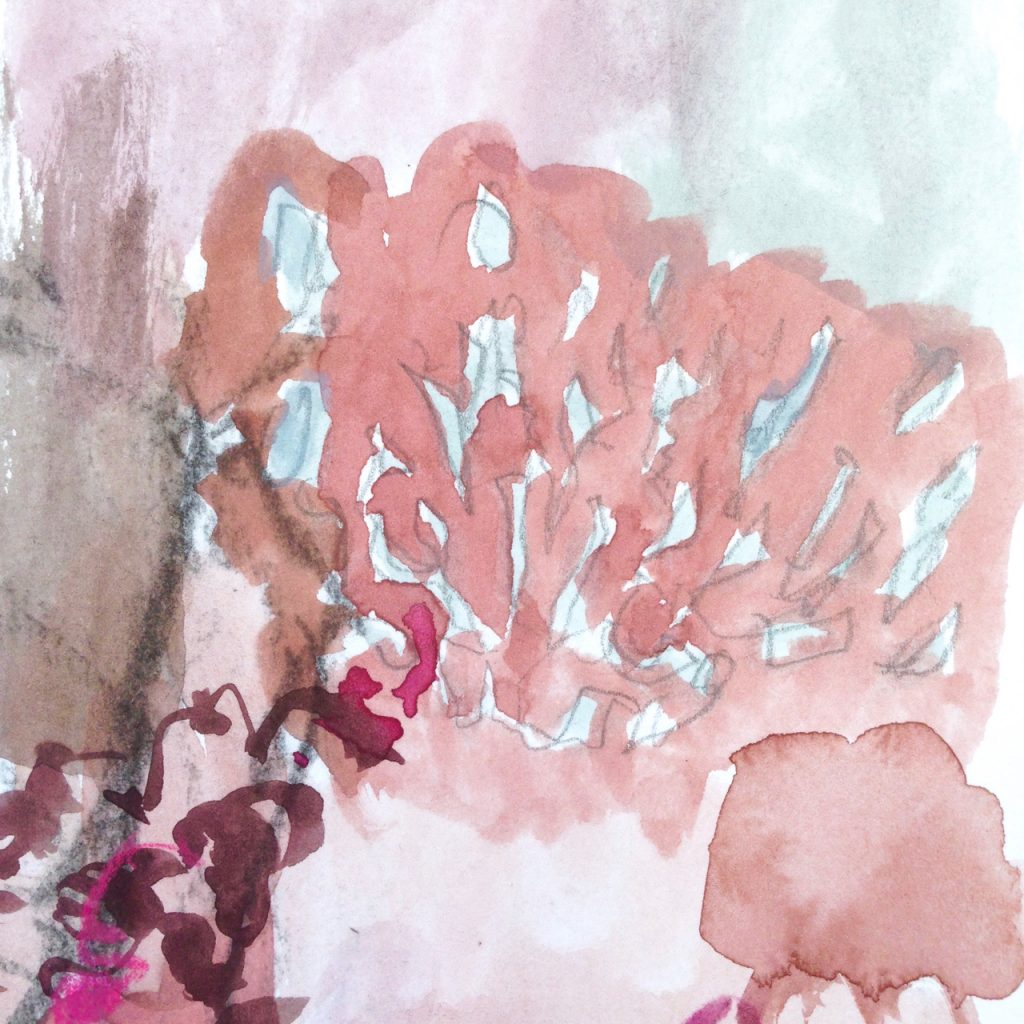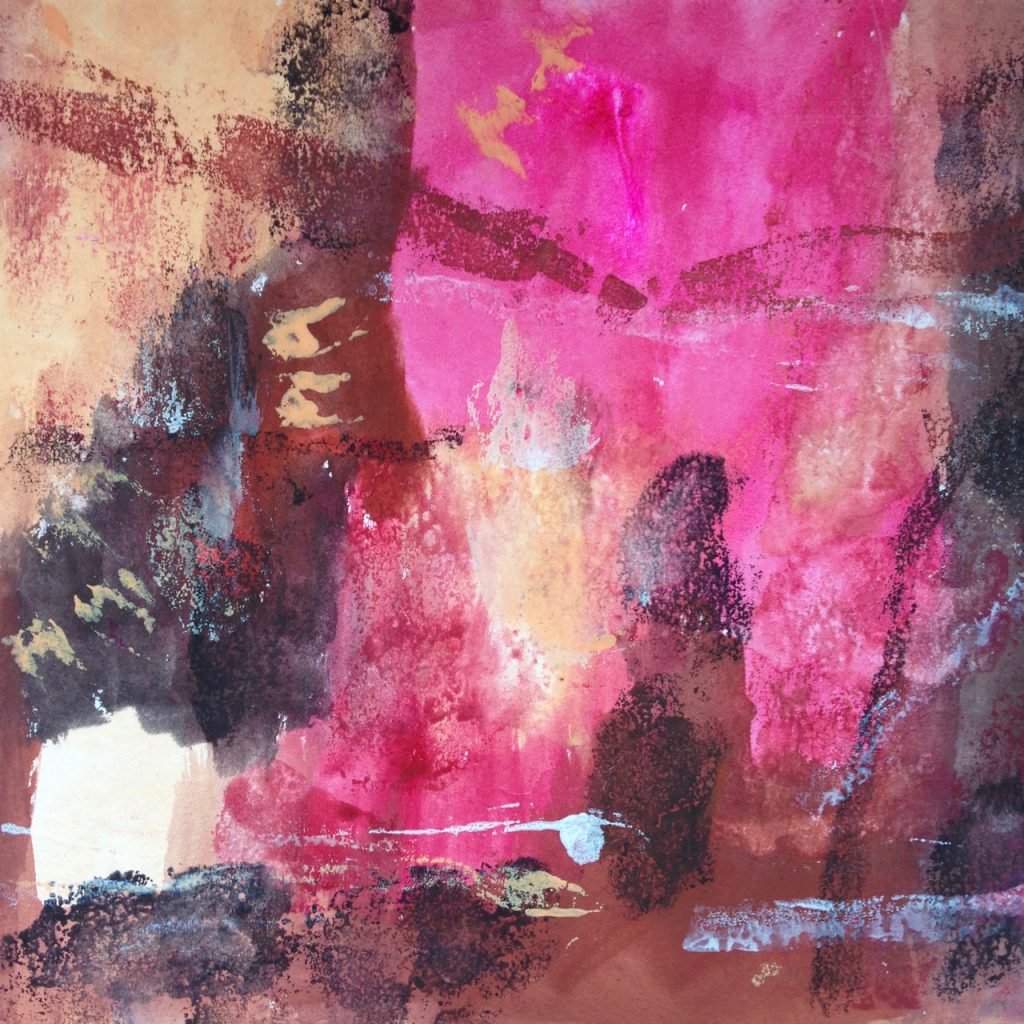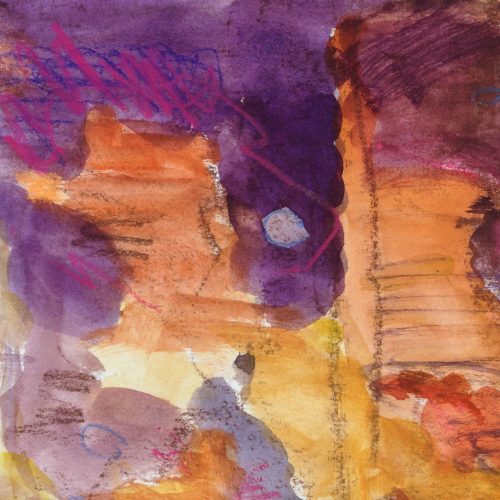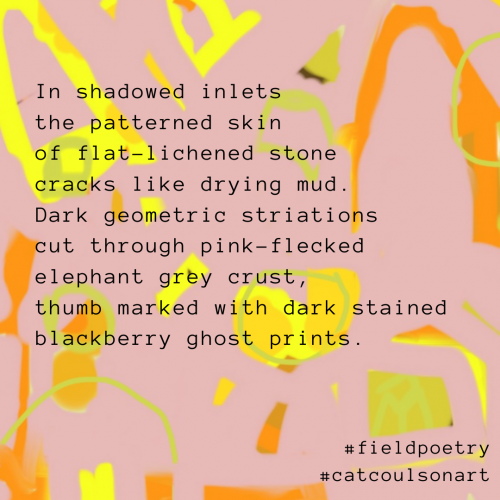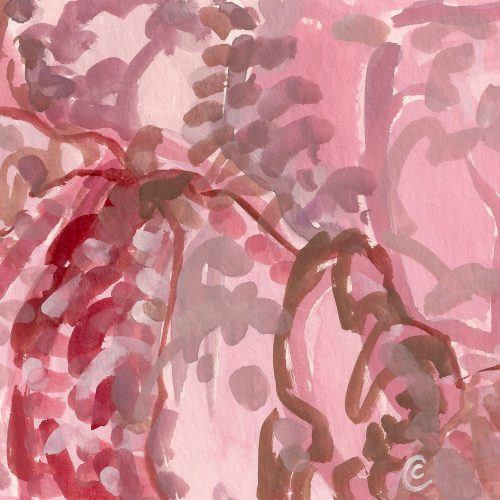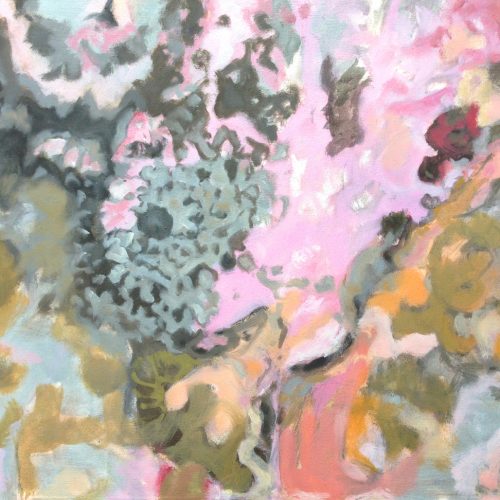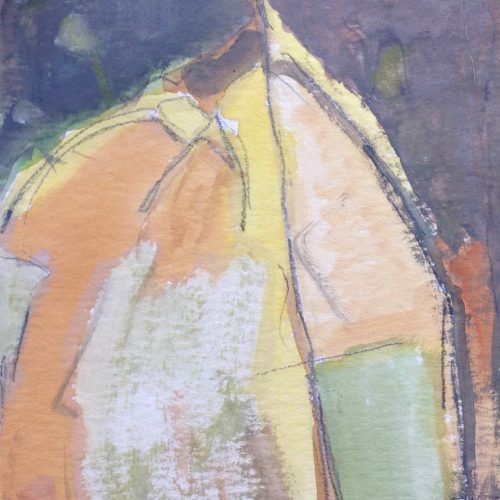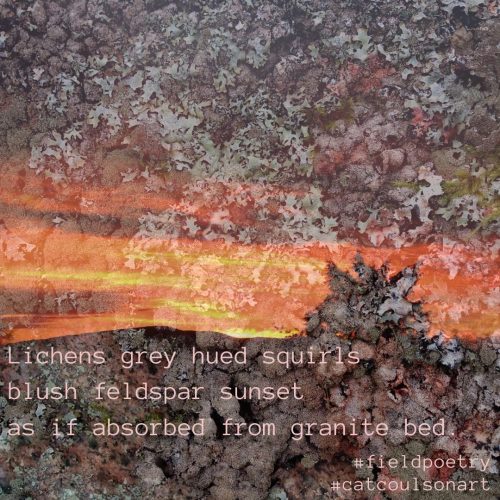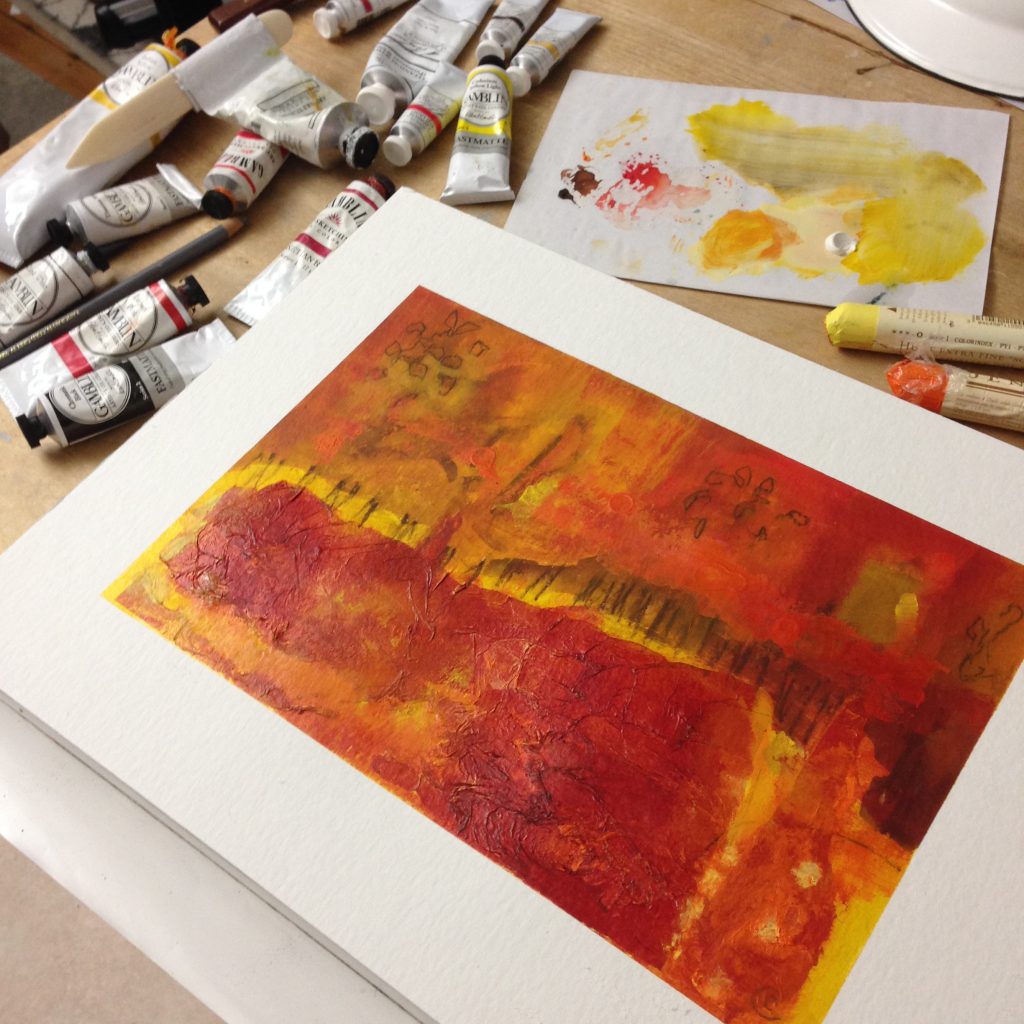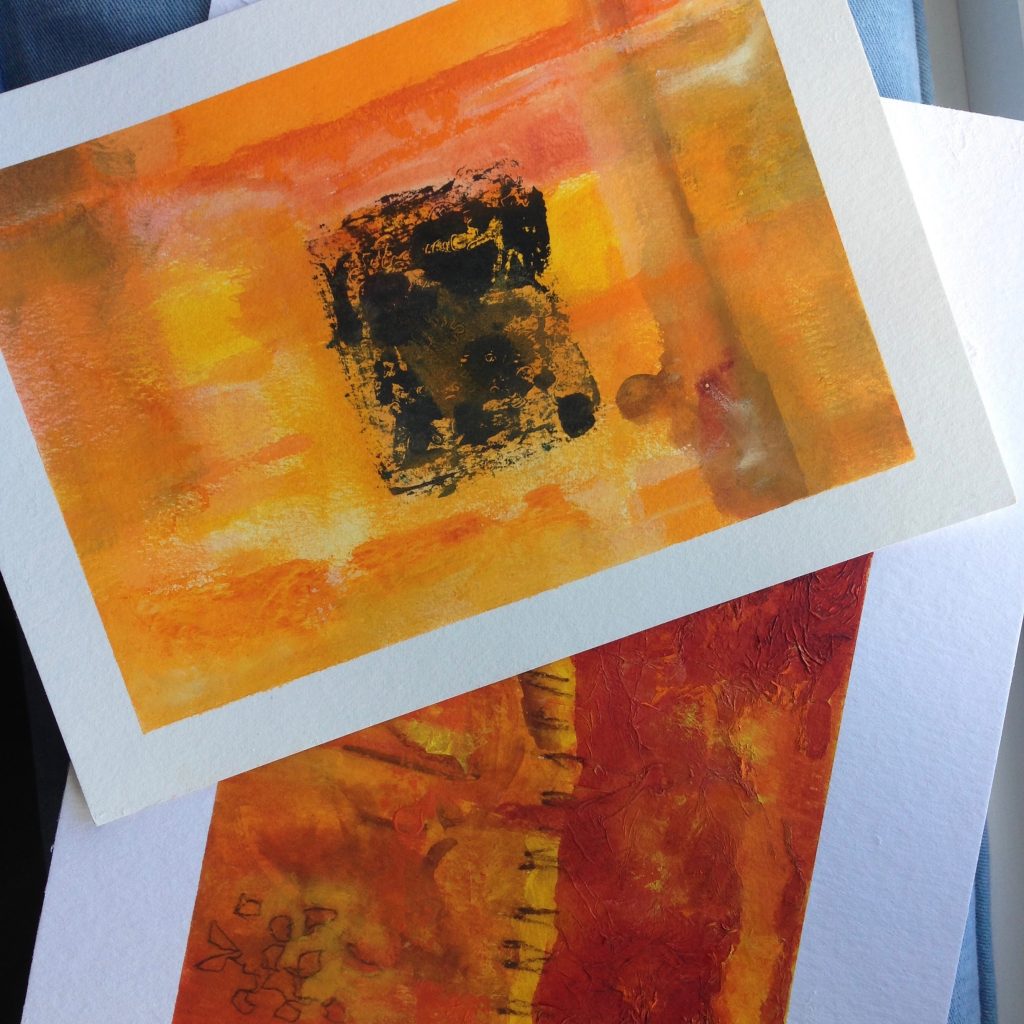Patina
As part of the SF | At Home event, I thought I would share how I begin to make a new series of work, how I develop concepts and observations by utilising photography, poetry and fieldwork. During lockdown, I have been adapting my practice to work from home with limited materials, making experimental mixed media test pieces. I find that changing an aspect of how I work can be a positive opportunity, offering creative challenge and growth.
For a while now, I have been thinking about what makes wild places and natural habitats so special to us and what makes these ecocentric environments different to the human centred urban areas and interior spaces that many of us are used to.
In contrast to the fixed character of modern environments that we spend time in, the constant movement of nature makes each experience different. Shifting atmosphere, effects from change in temperature and light levels, weather conditions, seasons, flora and fauna, all highlight an impermanence that is readily visible. Along with growth, spread and decay, the habitat is moving and evolving, its contents varying and fluctuating, it can never be the same from one moment to the next. This is the challenge of wilderness, of nature. It always has something different to reveal, the longer you spend in it, the more unfathomable it becomes.
Such rich and complex natural ecosystems, far from overwhelming us, are often viewed as places of beauty, escape and relaxation. This juxtaposition has made me want to study it more closely. I wanted to focus on the sensory elements that I could observe which made up an aesthetic, and seemed to create emotional responses, perhaps/sometimes inducing a sense of calm, a kind of nostalgia, a sense of perspective, of feeling smaller and less self focused amongst a vast landscape, maybe a kind of exploratory excitement, or just a release of tension and an appreciation for different views.
A while ago, I found a philosophy document about Japanese aesthetics which encouraged some of my thoughts, mentioning concepts of transience and the poignant awareness of impermanence, depth and mystery and imperfection and patina from weather, decay and growth. My work last year focused on surface; I looked particularly at the texture and elements of for example the bog surface at Kirkconnell Flow. This year I wanted to look even more closely at patina, texture and coverings on surfaces such as rock, how it varies in different habitats; for example, pink chewing gum lichen on heathland outcrops or salt snail trails and the desiccated film of mirror-like seaweed on coastal rocks. I want to share some of the photographs of surface, test experiments and paintings which look at this. In Japanese aesthetics, patina or ’sabi’, can relate to a number of concepts including desolateness, rusting, beautiful ageing, a rustic quality, solitary loneliness and connection with our past, and with nature.
I started to take photographs looking at patina on different surfaces, created by lichens, mosses, decaying leaf litter, debris and so on, thinking about colour and form, the collection of pattern and texture, an astonishing amount of detail and information to absorb. I noticed that there tended to be a limited colour range – lots of different greens together, or pinks for example, or a pop of colour amongst many neutrals which seemed to make up a more unified palette perhaps making the scene easier on the eye. It started me thinking about the notion that variations of harmonic colours with a lot of detail could be comforting or relaxing for us, rather than large shapes of unbroken colour, or the uneasiness of many different shapes with contrasting colours, particularly highly chromatic ones. I decided to start some work with more neutral limited colour palettes but containing lots of pattern information.
I have also been considering ideas for presenting my field notes and poetry in an interesting way, bringing it together with painting or imagery and have been playing with some digital design tools, overlaying text onto photographs and digital paintings.
For my painting, I thought about ways to represent the tiny detail of close surfaces, and how to build up layering and texture, whilst keeping a uniformity of colour. With limited supplies, I looked to employing different methods of painting, using what materials I had at home.
I wanted to somehow create the texture of the surface, experimenting with laying down crumpled tissue paper as a base and mixing chalk and pigment with paint to build up body. I also wanted an option for drawing shapes into the background as well. I decided to translate some of the lichen shaped designs I had used for the computer sketches into a printing technique, painting black acrylic onto a small linocut sheet, and quickly scratching the drawings into it before the paint dried and stamping it onto paper. This had a lovely effect of both texturised printing imperfections and the design showing in various places within it. I wanted to see what would happen if I painted over this with gouache when it dried, how the acrylic would resist the paint. This worked well, so I did similar tests with harmonic colours, building up layers with printing, dripping liquid acrylic and letting it almost dry before scraping it slightly as a base layer, then painting and flicking with gouache, drawing with conte pastel which partially dissolves and oil sticks, and trapping layers with glazes of transparent oil paint.
I will continue to experiment with methods for making these studies of patina, and will post new work in my blog. I look forward to having access to my usual materials soon, and developing some of these test pieces into studio paintings.
